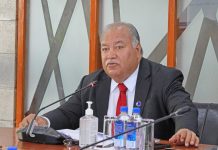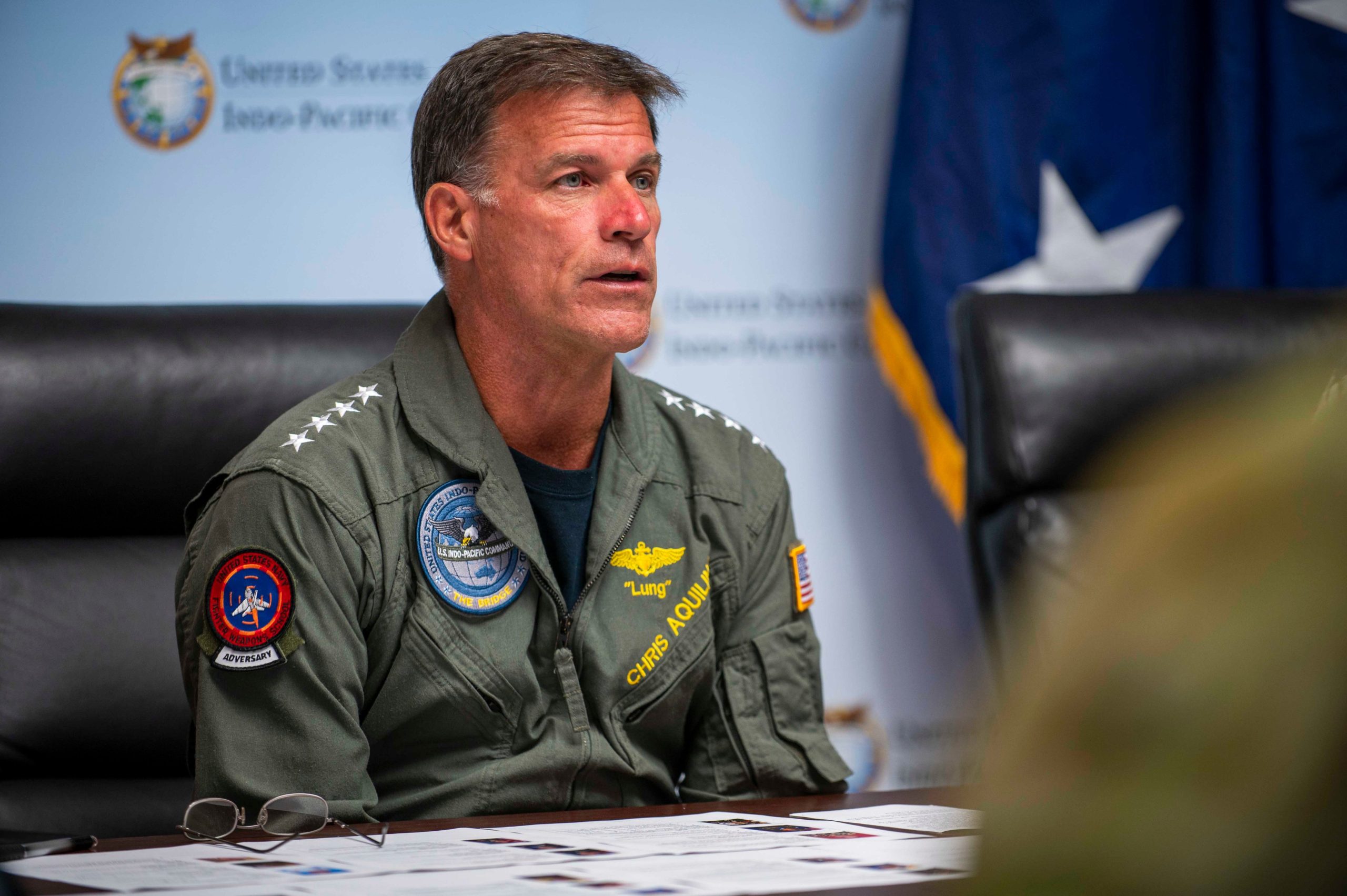America’s military leaders in the Pacific are asking Congress for a surge in funding to keep their edge against China.
The request comes in the form of an annual review Indo-Pacific Command sends lawmakers, listing what it thinks is necessary to stay the region’s top military power.
Defence News obtained an unclassified copy of this year’s report, which requests around US$26.5 billion. That’s more than US$11 billion above what INDOPACOM asked for in 2023 and more than four times the figure from two years ago. Much of the money would go toward precision weapons, infrastructure on Islands where American forces could operate and the missile defence of Guam — a longtime focus of the combatant command.
The 2024 defense policy bill allotted US$14.7 billion for the Pacific Deterrence Initiative — a select list of what the Defence Department spends in the region. Congress, though, hasn’t yet passed a full defence budget for this fiscal year, so the Pentagon doesn’t know how much it will actually get to use.
Meanwhile, the Defence Department’s newly requested budget for FY25 includes about US$9.9 billion for the initiative, around US$800 million more than requested for FY24.
Speaking with Defence News on the condition of anonymity, a senior defence official said about US$15 billion of the US$26.5 billion listed in this year’s report is also included in the FY25 budget request. That leaves US$11 billion in “unfunded priorities,” which the combatant command details in another review it sends each year to Congress. Munitions, infrastructure projects and the defence of Guam make up most of that US$11 billion disparity, the official said.
More broadly, the gap between what INDOPACOM says it needs and what the Pentagon requests in the Pacific Deterrence Initiative is an enduring point of tension among lawmakers, the combatant command and the Defense Department. Congress created the program in part to give military leaders in the Pacific a chance to pitch what they need directly to lawmakers, rather than risk it getting lost in the Pentagon’s budgeting process.
Motivating that change has been China’s recent military buildup. The People’s Liberation Army is the world’s largest active-duty force — some 4 million strong — and has spent the last 20 years improving its weapons and working toward its goal of building a “world class” military.
The Pentagon’s annual assessment of China’s military says the PLA’s goal is to be able to win in a fight against a “strong enemy,” a likely reference to the U.S. A secondary goal is to keep another country from intervening in a conflict over Taiwan, which Beijing considers part of its rightful territory and has threatened to invade.
“The security environment in the Indo-Pacific is becoming more dangerous and defined by an increasing risk of confrontation and crisis,” reads INDOPACOM’s new report.
By far the largest section in the new request is for “posture and presence” in the region, with a price tag of almost US$19 billion. Many items in that group have appeared in past reports, but now include a higher dollar figure. For example, the document asks for just over US$2 billion in funding to defend Guam and US$125 million to defend Hawaii — the latter nearly three times more than last year’s request as the combatant command seeks a new radar installation.
The trove of weapons included — from long-range missiles to mines to torpedoes — is listed at just under US$8 billion, near triple that of last year.
It also includes a new US$1.7 billion request for “all domain attritable autonomous capabilities,” or drones, for the Navy. Those programs are listed as classified, but closely resemble the goal of Replicator — an effort by the Pentagon to buy thousands of drones that could be useful against China before next August.
The other major increase in this year’s report is for military construction: US$4.8 billion, which is more than double the amount requested last year. Those funds would largely go to military sites spread across different Pacific Islands.














